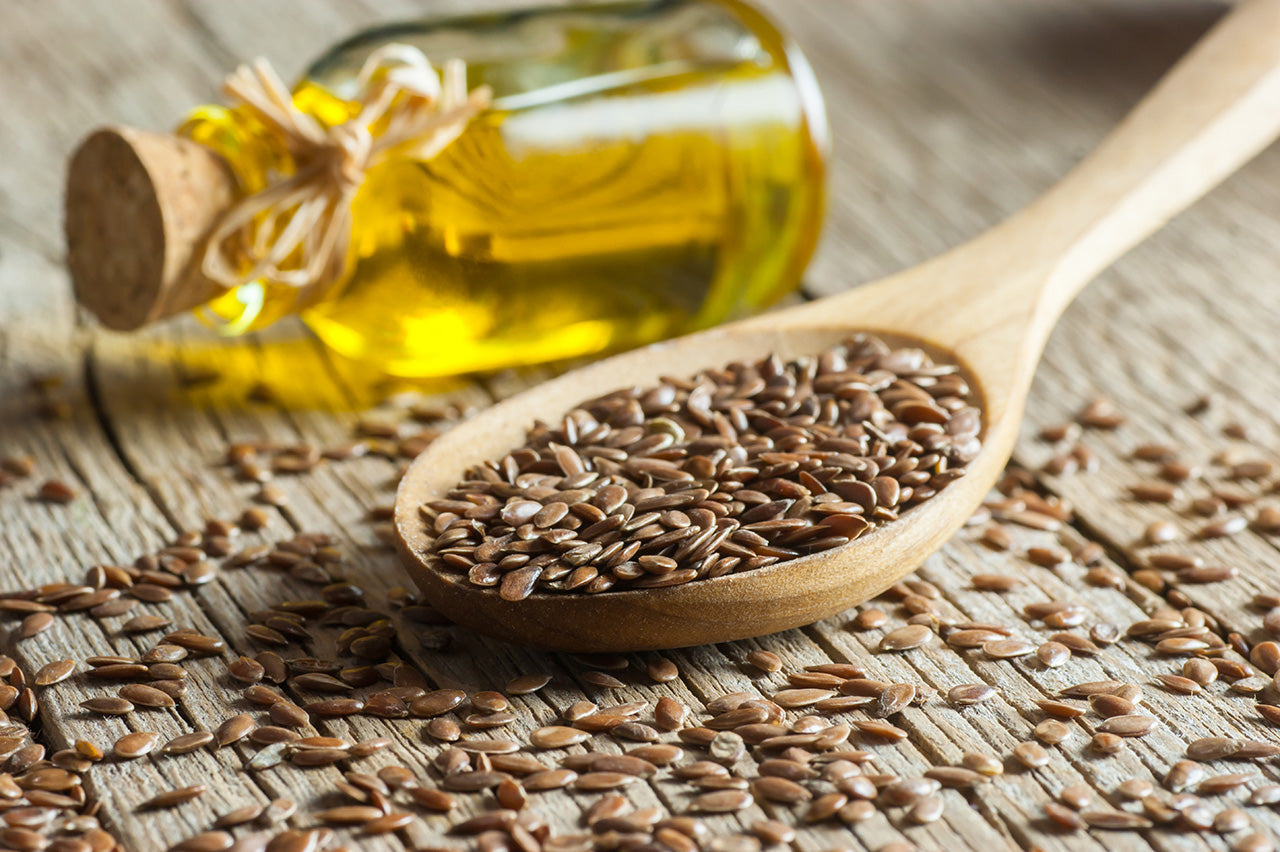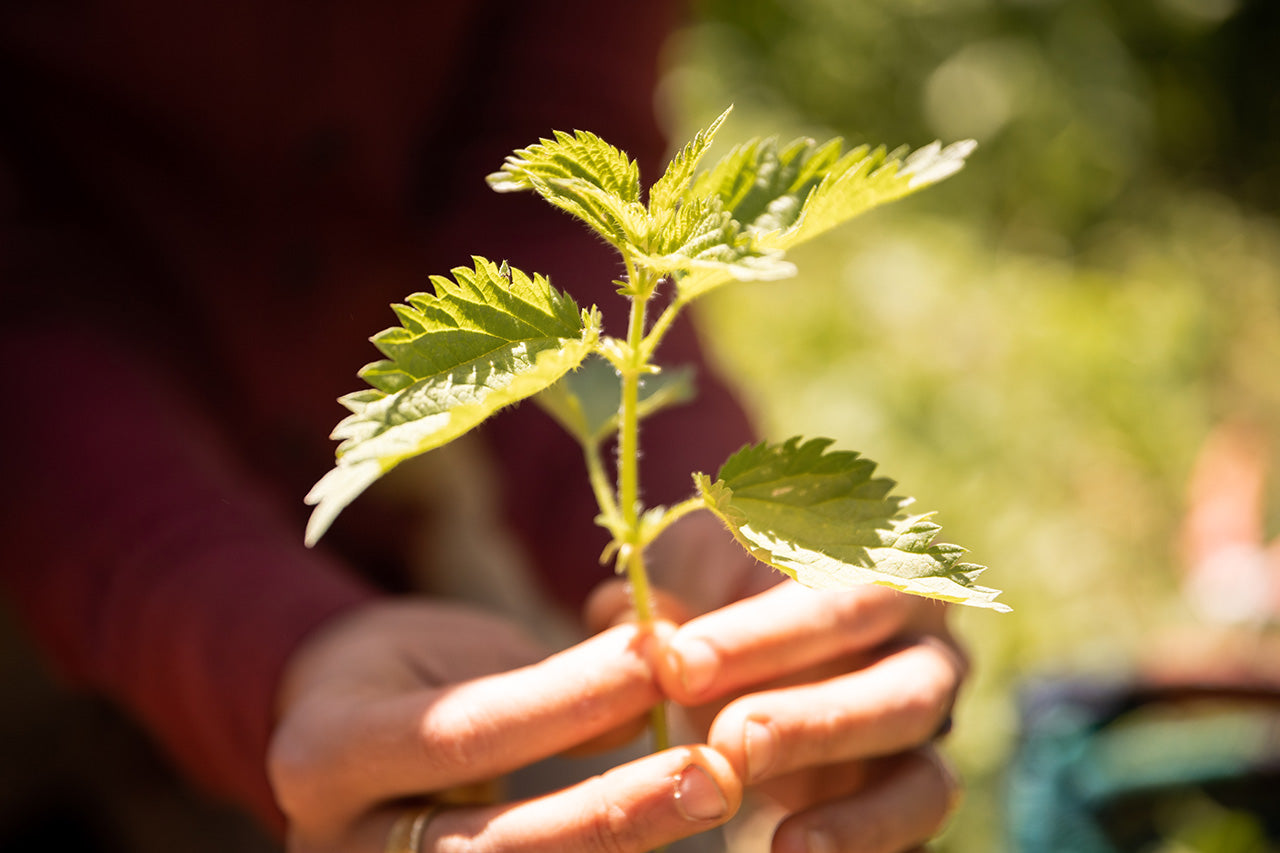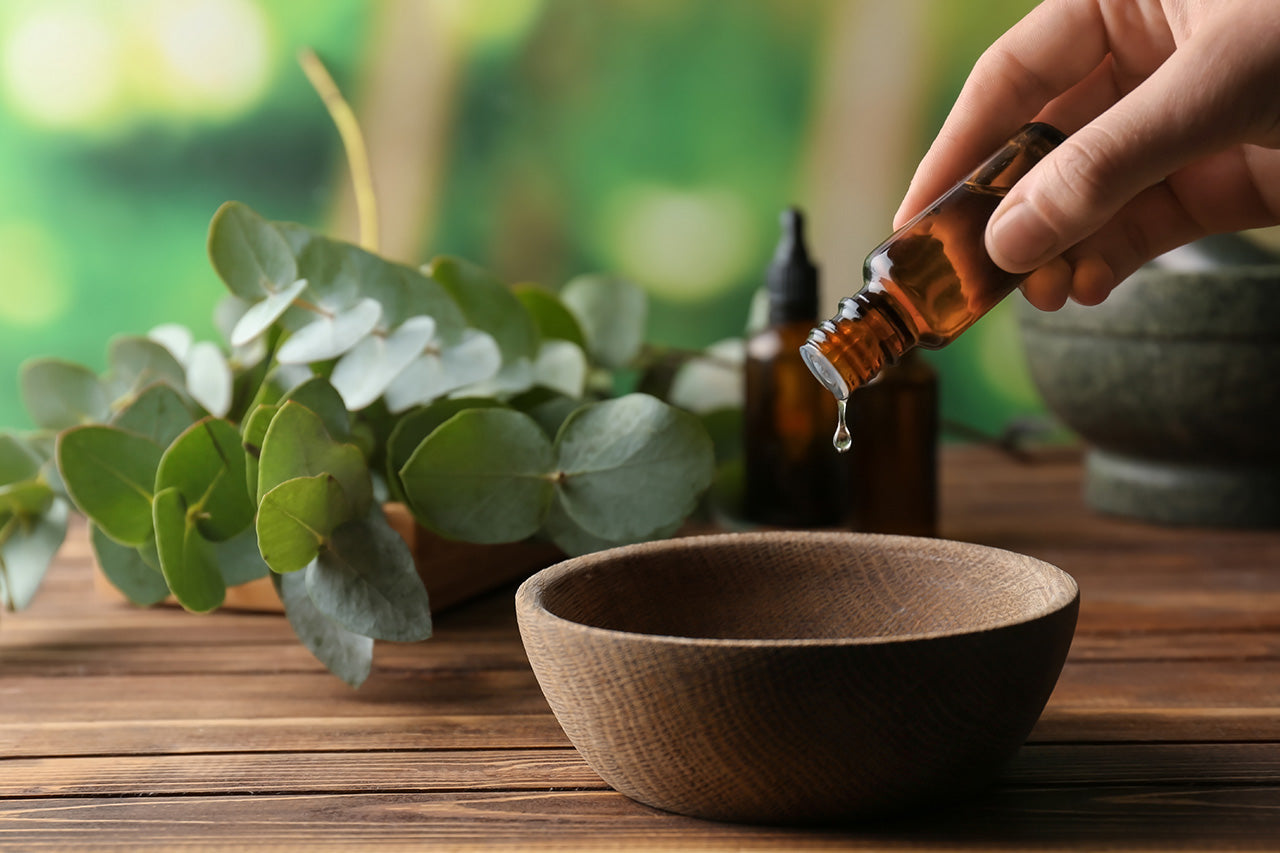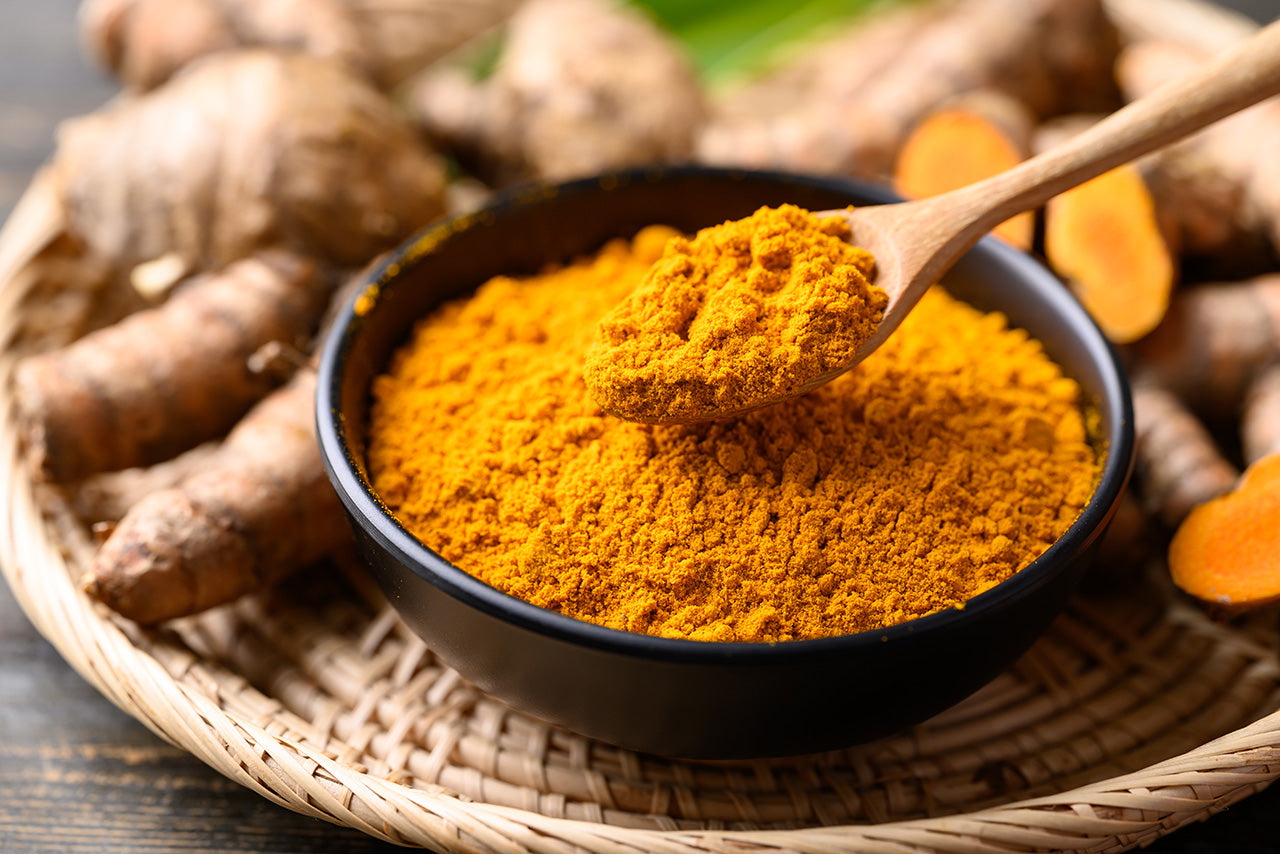
WELLNESS
Adaptogens 101: Any Easy-to-Read Guide

You will be hard-pressed to find a supplement line these days that doesn’t carry adaptogens - ashwagandha this, rhodiola that. What’s all the fuss about? Are they worth the investment? The short answer is yes, they really are, but there are some things you should know before incorporating them into your daily routine. That’s what this guide is for—to be your go-to reference for what adaptogens are, how they work, some of our favorites, and how you can implement them into your life.

What are adaptogens?
To keep it simple, adaptogens are a class of herbs that support our ability to handle stress, making us more resilient and robust no matter what life throws at us. Of course, to have such a broad application means their biochemistry is quite complex. Their symphony of positive benefits in the body still mystifies scientists today…but we will get to that later. First, let’s look at their origins.
Adaptogens were being used for 1000s of years before they even got their name. From Siberia to India and North America, our ancestors knew how to find, harvest, and prepare certain herbs to improve strength, stamina, endurance, and resistance to life’s challenges. Even though they grow on different continents, many of them originate from the same plant family, as is the case with eleuthero & ginseng (both belonging to the ginseng family or Araliaceae). Despite never interacting, early peoples had a shared understanding of just how valuable these herbs were to their survival.
Flash forward to 1947, when pharmacologist N. V. Lazarev coins the term “adaptogen” following his research of compounds that can create states of nonspecific resistance to stress (i.e: stress resiliency!).
Research drastically amped up in the 1960s when the USSR put forth great efforts to find natural means of improving the strength, stamina, and endurance of their military personnel and astronauts. Adaptogens seemed to do the trick! Especially the native eleuthero, schisandra and rhodiola, which were the focal herbs of these earlier studies.
By 1984, there were already about 1,500 Russian studies on adaptogens, and by the 1990s, it was accepted as a functional term by health authorities in the U.S. To date, there are around 25 plants considered to be adaptogens with varying degrees of certainty based on the amount of research that exists. Some herbal experts group these adaptogens into 3 categories: probable, possible, and definite.
When it comes to herbs, it’s important to recognize both the always-evolving nature of research as well as the overall lack of modern clinical studies. So, always be willing to learn more and ask deeper questions. For now, this is what we know:
How do they work?
Adaptogens have a very complex biochemistry, consisting of numerous compounds, micronutrients, vitamins, and minerals that all work together to train our stress response system. In particular, they have 3 unique characteristics that set them apart from other herbs:
- They must be non-toxic in normal therapeutic doses and when taken over a period of time.
- They must create a nonspecific state of resistance to stress, working throughout the entire body - not just enacting influence over one organ.
- They must have a normalizing effect, helping to re-balance our regulatory systems, such as the endocrine and nervous systems.
Adaptogens achieve this three-fold feat by working on the systems that play a major role in how our bodies perceive and respond to stress: the hypothalamus-pituitary-adrenal axis (HPA) and the sympathoadrenal system (SAS).
- The HPA* (Hypothalamus-Pituitary-Adrenal) Axis involves how our brain interacts with our body via hormones & neurotransmitters. The HPA axis is global, representing the interface between the endocrine, immune, and nervous systems, as well as our enteric brain in the gut. Our HPA axis is involved in our response to long-term, chronic stress. *HPA- sometimes you will see this called the HPAT axis for the thyroid’s involvement as well.
- The SAS (Sympathoadrenal system) is the part of our nervous system that kicks in during acute stress. This is commonly referred to as your “fight or flight” response.
As a result of working on these key pieces of our stress response system, adaptogens play a role in regulating the release of stress hormones. Many of the compounds found in adaptogens are similarly built to stress hormones like cortisol, indicating that they play a role in training our cells to handle life’s challenges better by offering a gentler alternative.

What are some of the benefits of adaptogens?
You just learned how adaptogens have a multipronged approach to improving our stress response. From the system-wide to the cellular level, their daily use trains the regulatory network of our body (immune, nervous, and endocrine) to be more resilient in the face of stress. As a result, their benefits abound.
Burdened by stress of any kind, we can’t perform at our optimal level, and not to mention it also greatly reduces our ability to prevent sickness, fight infection, and simply enjoy life without feeling like we are just barely holding it together.
Some of the key benefits of adaptogens may include (but aren’t limited to):
- Improved sleep
- Healthy mood support
- Improved cognitive function (focus, memory, retention)
- Greater endurance, strength, and stamina
- Greater adaptability to life’s changes
- Less altitude sickness
- Greater resistance to seasonal sickness (and a quicker “bounce back”)
- Improved heart rate variability
- Less overall discomfort
The list doesn’t stop there. When we train our bodies to handle life’s challenges better, the sky truly is the limit, and adaptogens are our ticket to getting there.
What are some different adaptogens?
Because adaptogens are so popular right now, you will see everything and anything being called one. From turmeric to lavender and even CBD, many herbs, although great, are being marketed as adaptogens and just simply aren’t. Below is a comprehensive list of current recognized adaptogens*:
- American Ginseng
- Asian Ginseng
- Ashwagandha
- Cistanche
- Codonopsis
- Cordyceps
- Eleuthero
- Jiaogulan
- Holy Basil
- Horny Goat Weed
- Licorice
- Maca
- Morinda
- Prince Seng
- Shatavari
- Reishi
- Rhaponticum
- Rhodiola
- Russian's Devil Club
- Schisandra
- Shilajit
*Adapted from David Winston & Steven Maimes’ book, Adaptogens: Herbs for Strength, Stamina, & Stress Relief
While all adaptogens have varying degrees of these traits in common, it’s VERY important to know that the class of adaptogens is not a one-size-fits-all deal. This is true for any group of herbs, for that matter. For example, Lion’s Mane & Passionflower are both nervines, but they have different impacts on the mind, body, and soul.
This is hard for most people to wrap their heads around when it comes to herbs, as we like clean definitions that fit into boxes. While we can do our best to delineate, herbs are highly complex with their own personality and dynamic nature, unlike anything we could formulate in a lab. This is the exact reason why we have so much to learn from them!
We’ll repeat ourselves quite a bit, but it’s important to work with a skilled herbalist or healthcare practitioner to find the right adaptogens for you. Ashwagandha, for example, is very popular right now, but it's not the best choice for everyone. Ashwagandha has an affinity for the thyroid and can upregulate its function, so it can aggravate a hyperactive thyroid if you are consuming it unwisely (i.e.: too much, too often, not part of a balanced formula, etc).

How can you implement adaptogens into your daily routine?
Herbalists often refer to “tonic” strength herbs as those meant to be consumed every day, much like you would eat a superfood like flax or blueberries. Adaptogens fall into this tonic-level classification and therefore work best when taken regularly over time.
Adaptogens aren’t the sort of herbs that will give you immediate results (though some may report immediately feeling energized, especially if taking an herb like Rhodiola or Asian Ginseng for the first time), but rather they work slowly and steadily over time, bolstering your stress response system and gradually improving overall vitality. Just like you only benefit from working out when you go to the gym regularly, you have to be consistent with your adaptogenic routines to reap the benefits.
It’s important to find a routine for taking adaptogens that you will stick with. Whether it's a few capsules between breakfast and lunch or mixing a powdered extract into your morning coffee or smoothie, consistency is key. It’s also important to note that some adaptogens energize, so experiment with taking them at different times of the day.
After a week or two of consistently taking your adaptogen(s), you might start to notice a little pep in your step or a bit less clutter and tension in your head.
Since adaptogens train our immune, nervous, and endocrine cells, you’d want to discontinue taking them when fighting an acute illness, otherwise, you might overwork them.
One last [very important] note: adaptogens are not replacements for the foundations of holistic health. No herb, for that matter, can replace a stellar diet, joyful movement, good sleep, great company, and adequate rest and relaxation. So, be sure to enjoy ALL of the above so that you can start living your best life!































































